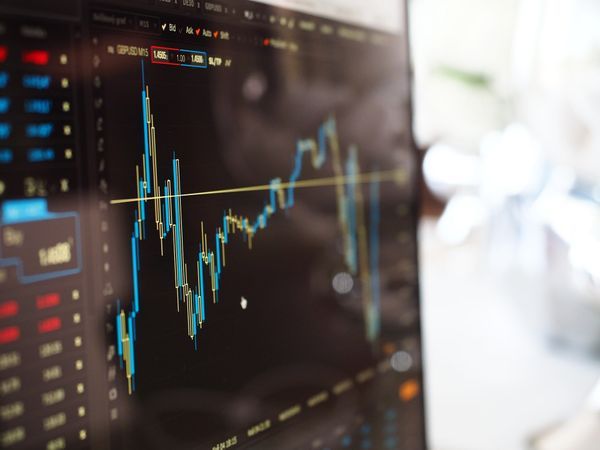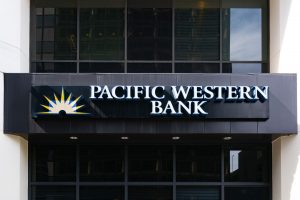One97 Communications-operated Paytm’s initial public offering (IPO) is set to be India’s biggest listing as the company eyes $19.5 billion to $20 billion valuation. Paytm is estimated to have over 337 million registered consumers and over 21.8 million registered merchants as of June 30. The Rs 18,300-crore IPO will be available for subscription between November 8 and 10 with price band of Rs 2,080-2,150 per share, and a lot size of six shares. Of the Paytm IPO, 75% will be reserved for Qualified Institutional Buyers (QIBs), 15% for non-institutional investors (NIIs) and the remaining 10% for retail investors.
Five IPOs to look forward to this October
The company increased the IPO size by 1700 crores to 18300 crores which were earlier 16,600 crores.
The IPO comprises issuance of fresh equity shares worth Rs 8,300 crore and Offer for Sale (OFS) by existing shareholders to the tune of Rs 10,000 crore. The company’s significant shareholders, including founder Vijay Shekhar Sharma, Softbank, China’s Ant Financial Group, Alibaba, and SAIF partners, are reducing their stakes. Paytm also hopes to collect Rs 2000 crore (almost $250 million) in a pre-IPO round from a variety of investors.
Zostel requests Sebi to reject Oyo’s Rs 8000 crore worth IPO
In the Draft Red Herring Prospectus (DRHP), One97 has said the company intends to use the funds to strengthen the Paytm ecosystem and invest in new business initiatives, acquisitions and strategic partnerships. Paytm recently acquired digital lending platform Urja Money Pvt Ltd, which provides a loan management system through its proprietary solution — CreditMate.
Zostel requests Sebi to reject Oyo’s Rs 8000 crore worth IPO
“We expect to continue to incur net losses for the foreseeable future,” the company said in its DRHP, noting it would pursue increase in its market share by roping in more consumers and merchants. Paytm was founded in 2010 as a mobile recharge site, but gained prominence after ride-hailing company Uber included it as a quick payment option. Its popularity soared further with the government’s demonitisation announcement in 2016 and tilt towards digital payments.







